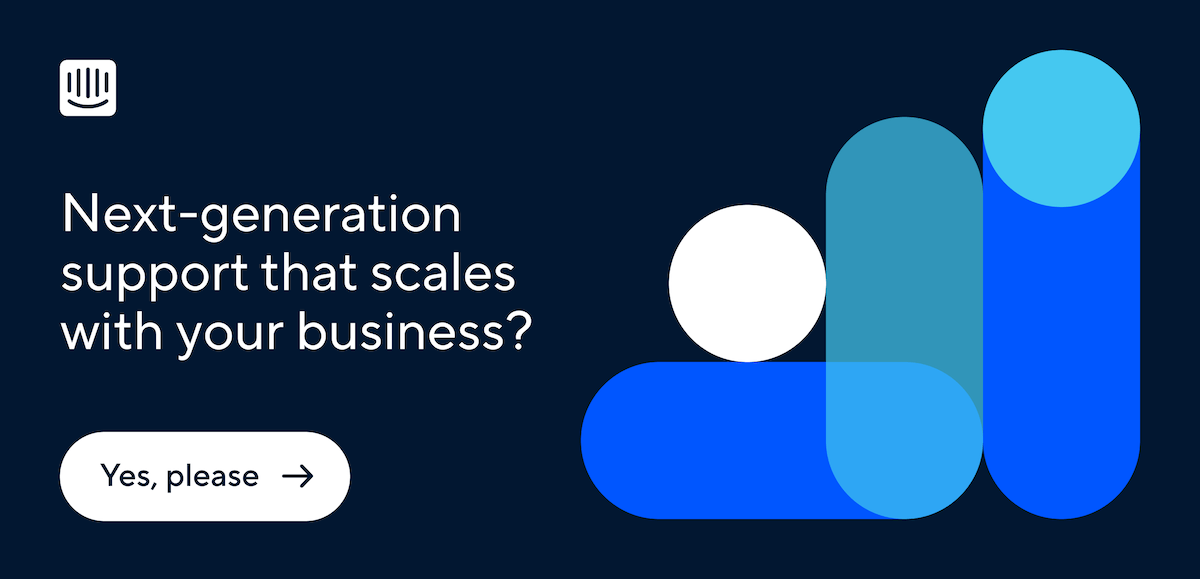What is tiered support?
Tiered support refers to support models that are organized with multiple levels or tiers of support.
These tiers are organized strategically to ensure that the appropriate actions can be taken efficiently and effectively to resolve any customer challenges or concerns.
A tiered support customer service model involves creating different levels or “tiers” of support to help you more easily allocate resources, create escalation paths, and give each customer service challenge the right level of attention.
The first tier is usually reserved for quick-fix issues, while subsequent tiers require increasing levels of expertise and knowledge.
“Tiered support models are most common in companies where customer challenges may be recurring or common”
Tiered support models are most common in companies where customer challenges may be recurring or common, and where IT or product teams need to be on-hand to help troubleshoot specific issues.
What does a tiered support model look like in practice?
Typically, a tiered support model follows a numbered hierarchy with different levels of support assigned to each tier. A sample tiered support model might look like this:
- Tier 0: This tier is reserved for common requests that may be quick to resolve and where customers have the option to address any challenges with self-serve solutions. Effective Tier 0 support may involve thorough FAQ pages, chatbots, automated responses, online guides, and other resources that customers can use to successfully navigate your product or service. Thanks to automation and bot solutions, self-serve options can help take the stress off your customer service team, as users can seek out information before asking your team for assistance.
- Tier 1: Tier 1 involves basic help desk and service desk assistance to simple or routine queries. In many cases, these interactions can also be automated to provide always-on support and free up your customer support team for more critical tasks that require a human touch.
- Tier 2: If issues cannot be resolved by Tier 0 or Tier 1 assistance, customers are referred to Tier 2 support. In Tier 2, customer support agents will have more experience and specialized knowledge of a product, service, or feature. They may have specific training in the issue at hand and will be able to resolve it efficiently.
- Tier 3+: After Tier 2, organizations have tiers dedicated toward highly-specialized knowledge and skill sets. This may involve escalating to your product engineers or developers to fix a bug, or route specific customers to their dedicated account manager.
The total number of tiers depends on many factors, including the size of your company and the degree of specialized knowledge required to solve challenging issues.
Why are multi-tiered systems of support beneficial?
While it would be wonderful if all customers could get the answers they need for themselves at Tier 0, that’s not always possible. In many cases, customer needs can be addressed with proactive and self-serve support, without needing to be escalated to your human support team. The vast majority of your customers may never need to go further than Tier 0 or Tier 1 to resolve their queries – leading to a smoother, more efficient customer experience.
Splitting your support across tiers allows you to allocate resources accordingly, so that your team is ready to provide personalized support. Doing so helps to ensure that your support team aren’t bogged down fielding common, easy-to-solve issues.
A tiered support model allows you to maximize your employees’ skill sets while providing personalized service to your customers no matter how simple or intricate their problem.








